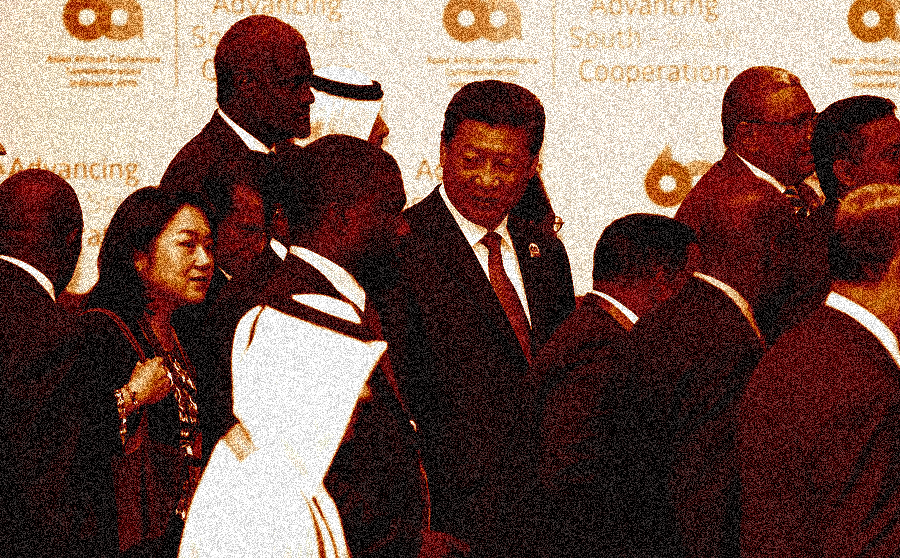There are major changes in Asia that will increase Africa’s ability to compete

1. Rising costs in China. China is growing so rapidly that it is encountering rising costs in manufacturing production. One source is increasing real wages. Since 2005, real wage growth in China has accelerated significantly. Manufacturing wages rose from just over $150 a month in 2005 to around $350 in 2010 (Lin, 2011) . Stiffer enforcement of labour and environmental regulations, gradual expansion of safety net provisions and the prospect of further increases in the value of the renminbi are likely to erode the low wage advantage further (Dinh et al., 2012) .
2. Domestic demand in Asia. Since the global financial crisis of 2008, Asia’s established industrial economies – China included – have introduced domestic policies intended to reduce their dependence on exports. In China, targeted stimulus measures, including higher infrastructure investment, have helped strengthen domestic demand. In the region more broadly, domestic demand has benefited from strong credit growth (IMF, 2014) .
3. Moving up the technological ladder. A number of successful Asian industrialisers, including China, Malaysia and Thailand, are making conscious efforts to move up in terms of the sophistication and technological complexity of their manufacturing. China increased its medium - and high - technology share of exports from 45 % in 2000 to 59 % in 2010 (UNIDO, 2009, 2013) . As countries move up technologically, less sophisticated competitors should be able to enter the sectors and product groups they leave.
4. International economic policy in China. There is some evidence that economic policy - makers in China have made a decision to ‘offshore’ a portion of low - end manufacturing to Africa. By the end of 2009, China‘s outward FDI in Africa had reached a stock of $9.33 billion. A large share (22% ) – second only to mining – went to manufacturi ng (Lin, 2011) . More recently, Chinese investment in African manufacturing has accelerated (Brautigam and Tang, 2012) .
In contrast with the immediate post - structural adjustment period, there may be increasing space for Africa to break into the market in low-end, labour-intensive manufacturing.
By Yaw Ansu, Margaret McMillan, John Page and Dirk Willem te Velde